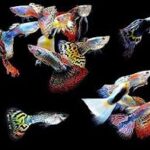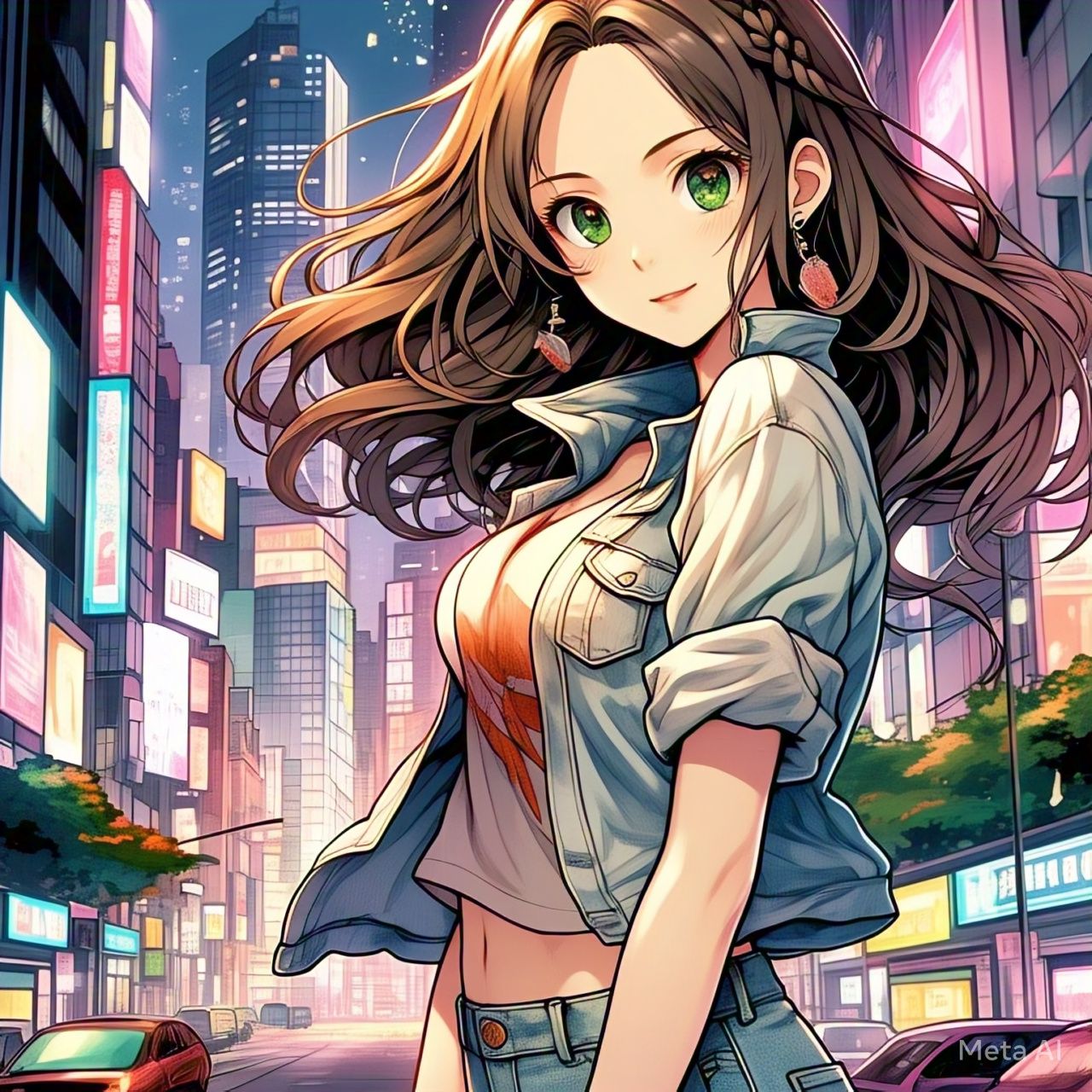Historical Perspectives
The Rarity and Mystique of Brown Hair and Green Eyes
Brown hair and green eyes are a striking combination that has fascinated cultures for centuries. While brown hair is one of the most common hair colors globally, green eyes are among the rarest, appearing in only about 2% of the world’s population. This unique pairing has carried different meanings across history, from symbols of mysticism and magic to markers of beauty and nobility.
The interplay between these two traits has shaped folklore, art, and societal perceptions in various civilizations. By examining historical records, myths, and cultural narratives, one can uncover how this combination has been both revered and feared.
Ancient Myths and Legends
In many ancient cultures, physical appearance was often linked to divine favor or supernatural power. The Celts, for instance, associated green eyes with fairy blood, believing those who possessed them had a connection to the Otherworld. Brown hair, being earthy and natural, grounded these individuals as part of both the mortal and mystical realms.
Greek and Roman mythology also featured figures with striking eyes and hair. Deities like Athena and Artemis were sometimes depicted with piercing green eyes, symbolizing wisdom and wilderness. Meanwhile, brown hair was seen as a sign of humility and strength, often attributed to heroes and common folk alike.
Medieval Europe: Witchcraft and Nobility
During the Middle Ages, green eyes were sometimes viewed with suspicion. In regions where witch hunts were prevalent, women with green eyes and brown hair were occasionally accused of sorcery, as their appearance was considered unnatural. Conversely, in noble circles, the rarity of green eyes made them a mark of aristocratic beauty. Portraits from the Renaissance often highlighted these features, emphasizing their allure and refinement.
Cultural Variations in Perception
Different societies interpreted this combination in contrasting ways. In some Eastern European traditions, green-eyed individuals were thought to have the “evil eye,” capable of cursing others with a glance. Meanwhile, in parts of Asia, where green eyes were exceptionally rare, they were sometimes seen as a sign of foreign influence or even divine blessing.
By exploring these historical perspectives, it becomes clear that brown hair and green eyes have carried deep symbolic weight across civilizations. Whether feared or admired, this combination has left an indelible mark on human culture.
Symbolism in Literature and Art
The Romanticization of Brown Hair and Green Eyes
Literature and art have long celebrated the beauty of brown hair and green eyes, often using them to symbolize specific traits. In classic novels, heroines with this combination were frequently portrayed as enigmatic, alluring, or deeply connected to nature.
Authors like the Brontë sisters and Jane Austen described their characters’ appearances with great care, using green eyes to suggest intelligence and mystery. Brown hair, being warm and familiar, balanced these descriptions, making characters relatable yet extraordinary.
Paintings and Visual Representations
Artists throughout history have been captivated by the contrast between brown hair and green eyes. The Pre-Raphaelite Brotherhood, a 19th-century art movement, frequently depicted women with these features, associating them with ethereal beauty and tragic romance. Paintings like John Everett Millais’ “Ophelia” and Dante Gabriel Rossetti’s portraits often emphasized these traits to evoke emotion and depth.
In modern media, this combination continues to be a popular aesthetic choice for characters who are wise, mysterious, or rebellious. From Disney’s Merida to literary figures like Lisbeth Salander, brown hair and green eyes often signify a strong, independent personality.
Folktales and Symbolic Meanings
Folklore from various cultures has used eye and hair color to convey moral lessons. In Irish tales, green-eyed individuals were sometimes seen as descendants of the Tuatha Dé Danann, a mythical race with supernatural abilities. Brown hair, representing the earth, grounded these characters in reality while hinting at hidden depths.
Russian fairy tales occasionally featured green-eyed witches or enchantresses, blending beauty with danger. Meanwhile, in Middle Eastern stories, green eyes were linked to paradise and spiritual insight, while brown hair symbolized endurance and resilience.
Modern Interpretations in Media
Today, films, books, and advertisements continue to play on the allure of this combination. Characters with brown hair and green eyes are often cast in roles that require a mix of warmth and mystery—think Katniss Everdeen from The Hunger Games or Daenerys Targaryen from Game of Thrones (though her eyes were changed for the screen adaptation).
The persistence of this imagery in storytelling highlights its enduring cultural significance, proving that this unique pairing still captivates the human imagination.
Psychological and Societal Perceptions
First Impressions and Stereotypes
Human beings often form quick judgments based on physical appearance, and eye and hair color play a significant role in these perceptions. Studies in psychology suggest that people with green eyes are frequently seen as mysterious, creative, or even unpredictable. Brown hair, being common, is associated with reliability and approachability.
When combined, these traits create an intriguing dynamic—someone who appears trustworthy yet enigmatic. This duality has influenced everything from hiring biases to romantic preferences, demonstrating how deeply ingrained these associations are.
Cultural Biases and Beauty Standards
In some cultures, green eyes are considered exotic and highly desirable. Countries where dark hair and brown eyes dominate may view green-eyed individuals as unique, sometimes attributing positive or negative stereotypes to them. In contrast, societies where lighter features are the norm might see brown hair and green eyes as a balanced, attractive combination.
Historical beauty standards have shifted over time, but the rarity of green eyes has kept them in high regard. From fashion runways to celebrity culture, this trait continues to be celebrated, often paired with brown hair for a natural yet striking look.
The Role of Genetics and Rarity
The science behind green eyes adds to their mystique. Unlike blue or brown eyes, which result from more straightforward genetic combinations, green eyes involve a complex interplay of melanin and light scattering. This rarity enhances their perceived value, making them a topic of fascination in both scientific and cultural discussions.
Brown hair, being genetically dominant, grounds this uniqueness in familiarity. The contrast between the common and the rare creates a compelling visual and symbolic balance.
Social Media and Modern Trends
In the age of Instagram and TikTok, beauty trends evolve rapidly, yet certain features remain timeless. The hashtag #greeneyes has millions of posts, with influencers often enhancing their eye color for dramatic effect. Brown hair, versatile and adaptable, serves as the perfect backdrop, allowing green eyes to stand out even more.
This digital era has amplified the cultural significance of these traits, proving that their appeal transcends generations and geographic boundaries.
Global Perspectives and Conclusion
Regional Interpretations of Brown Hair and Green Eyes
Different parts of the world attach distinct meanings to this combination. In Latin America, where dark hair and eyes are predominant, green eyes are often seen as a mark of European ancestry, sometimes carrying connotations of privilege or exoticism. In Nordic countries, where lighter features are common, brown hair and green eyes might be viewed as a harmonious blend of warmth and coolness.
In Africa and parts of Asia, where green eyes are extremely rare, those who have them may be subjects of curiosity or admiration. Some cultures believe they bring good luck, while others see them as a genetic anomaly.
The Future of These Perceptions
As global migration increases and cultures intermingle, traditional beauty standards continue to evolve. The fascination with brown hair and green eyes, however, shows no signs of fading. Their rarity and visual appeal ensure they remain a topic of interest in genetics, art, and media.
Future generations may reinterpret these traits in new ways, but their historical and cultural weight ensures they will always carry meaning.
Final Thoughts: A Timeless Combination
From ancient myths to modern media, brown hair and green eyes have captivated humanity’s imagination. Whether seen as magical, mysterious, or simply beautiful, this combination has shaped art, literature, and societal norms across the globe.
While beauty standards may shift, the rarity and contrast of these features guarantee their lasting significance. In a world where appearances often influence perception, brown hair and green eyes remain a powerful symbol of both familiarity and uniqueness.
By understanding their cultural impact, one gains insight into how deeply physical traits can influence human thought, creativity, and connection across time and space.










